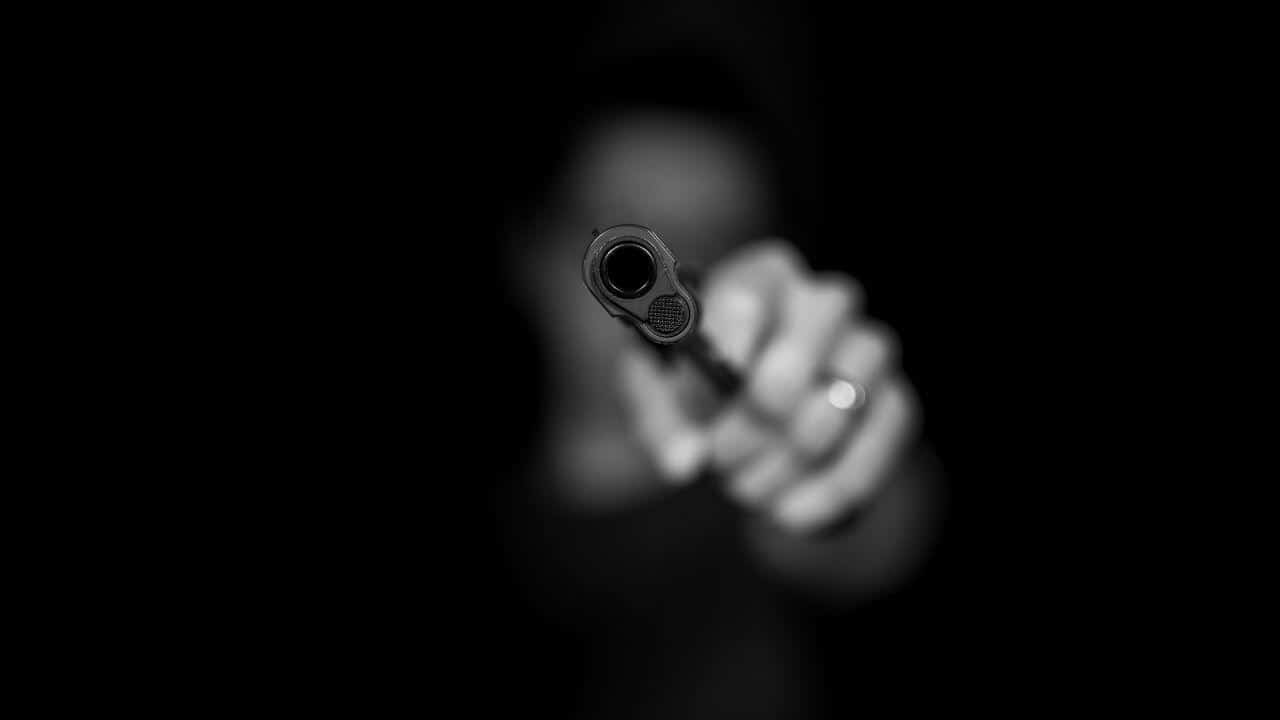Several judicial frameworks distinguish between different types of killings, taking into account the accused’s intent, the circumstances surrounding the accused’s acts, and the severity of the accused’s act. This has led to cases involving killing being tagged differently and referred to with names like homicide, murder, felony, and manslaughter. Each of these terms can be explained clearly with its peculiarity in other to lift the veil and clear any form of obscurity associated with using any of these killing-related terms.
Homicide
The term homicide is an umbrella term used to explain the act of killing another person lawfully or unlawfully, and the circumstances surrounding it differ enormously. This term as an act of killing can be considered justifiable when there is an affirmative defense, like insanity or self-defense.
For example, a state-sanctioned killing, killing in self-defense, soldier killing during a war, voluntary euthanasia (in some cases), and any other killing proven to be done to prevent a very serious crime can be considered as a lawful homicide. However, the killing of oneself cannot be referred to as a homicide, but a suicide.

Murder
Murder is a form of illegal homicide. It refers to the unjustified killing of one by another without justification or valid excuse. It is usually distinguished from manslaughter by the presence of malice aforethought. However, malice aforethought isn’t limited to premeditated murders. It can also occur if the killer inflicts substantial bodily injury or torture on the victim inadvertently, resulting in the victim’s death; or acts in a way that demonstrates an excessive and reckless disdain for human life, resulting in the victim’s death, or the accidental death of another.
Manslaughter
Manslaughter is a common law legal term for homicide considered by law as less culpable than murder. It is the unintentional and unlawful killing of a person without malice aforethought, and it is classified as either voluntary or involuntary manslaughter. Voluntary manslaughter is the killing of a human being in which the offender acted during the heat of passion, under circumstances that would cause a reasonable person to become emotionally or mentally disturbed to the point that they cannot reasonably control their emotions.
Involuntary manslaughter, on the other hand, is an unintended killing that occurs as a result of carelessness or criminal negligence, or as a result of doing low-level criminal conduct such as a misdemeanor, and it does not involve thought, premeditation, or even intent.
Computer-Generated Animation in a Voluntary Manslaughter Trial
Computer-generated animation has been used in both criminal and civil cases across courts in the United States across the years. Its usage in the case of The Mitchell brothers set a precedent for the admission of computer-generated animation in California Courts.
This case involved James Lloyd “Jim” Mitchell and Artie Jay Mitchell who were American entrepreneurs and brothers. On February 27, 1991, Jim fatally shot the younger Mitchell at Mitchell’s home and was arrested by the police. After a highly publicized trial, the jury rejected a murder charge and found Jim guilty of voluntary manslaughter. He was then sentenced to six years in prison.
During the trial, a crime scene analyst utilized computer-generated animation to depict the complex sequence of events that culminated in Artie’s deadly gunshot. The animation depicted Jim and Artie’s positions, bullet impact points, and the path bullets took as they entered Artie’s body. The defense counsel protested the use of the animation, describing it as a fabricated digital eyewitness account for an event in which no human eyewitnesses existed. However, the animation was considered admissible by the trial court and it set a precedent for such cases in the jurisdiction.






